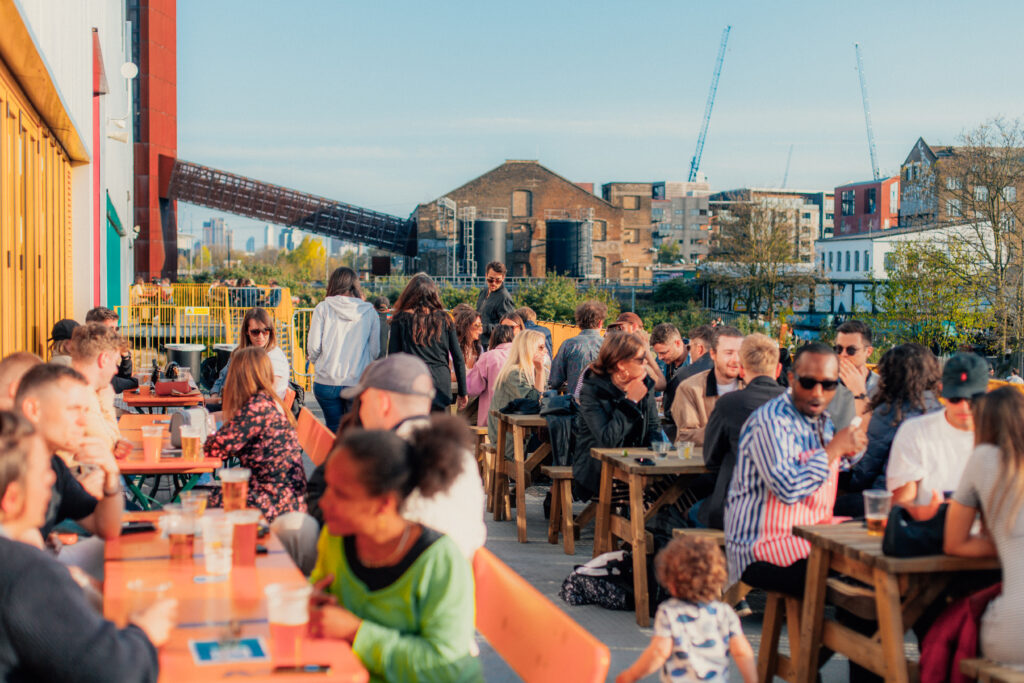The Hidden Signals That Shape Successful Places
It’s not what people say they want — it’s what they actually do.

The Risk of Building on Assumptions
Conventional placemaking often starts with the best of intentions: public consultations, community meetings, stakeholder workshops. But there’s a common trap baked into the process:
We over-rely on what people say — and overlook what they show.
People are bad at predicting their future behaviour.
They’ll say they want culture, then spend their time at Aldi and Greggs.
They’ll ask for more green space, but gather on the steps by the station.
The danger? You build for the answers, not the actions.
And that’s how projects miss their mark.
Real Demand Is Hiding in Plain Sight
At SignalSites, we help place developers, councils, and landlords surface what we call demand signals — real-world patterns that reveal what people value, use, and return to.
These signals aren’t hidden in spreadsheets or strategy documents.
They’re happening outside the front door, every day.
Think:
The crowd that forms where there’s nowhere to sit
The shortcut people keep carving through a hedge
The corner shop that sells out of cold drinks every day at 4pm
These are micro-behaviours — small, observable actions that say more than surveys ever will.
Traditional Engagement Has Blind Spots
We’re not anti-consultation. We’re just realistic about its limits.
Focus groups often reward the loudest voices.
Surveys skew toward what’s easy to answer.
And stakeholder meetings can reflect internal priorities more than public ones.
To build places that truly work, we need to supplement those inputs with sharper tools — and better questions.
What We Look For in the SignalRADAR Sprint
Our SignalRADAR phase is designed to capture real demand in its native environment — not in hypothetical conversations.
We explore:
Footfall heatmaps: Where people already go, and when
Spending patterns: What they’re choosing to pay for nearby
Behavioural friction: Where people are improvising around poor design
Desire lines: What routes they create themselves
Community hacks: Pop-ups, informal signage, or reappropriated space
This is the stuff that doesn’t show up in planning docs — but makes or breaks a place in the real world.
From Noise to Signal
Most early-stage development is noisy. Competing agendas, incomplete data, vague ambition.
We help teams cut through that noise — and find the signals that matter.
The result?
You move forward with clarity, confidence, and actual evidence — not guesswork.
Want to See What You’ve Been Missing?
Our SignalRADAR sprint helps you uncover the demand that’s already out there — and shape your project around it.
